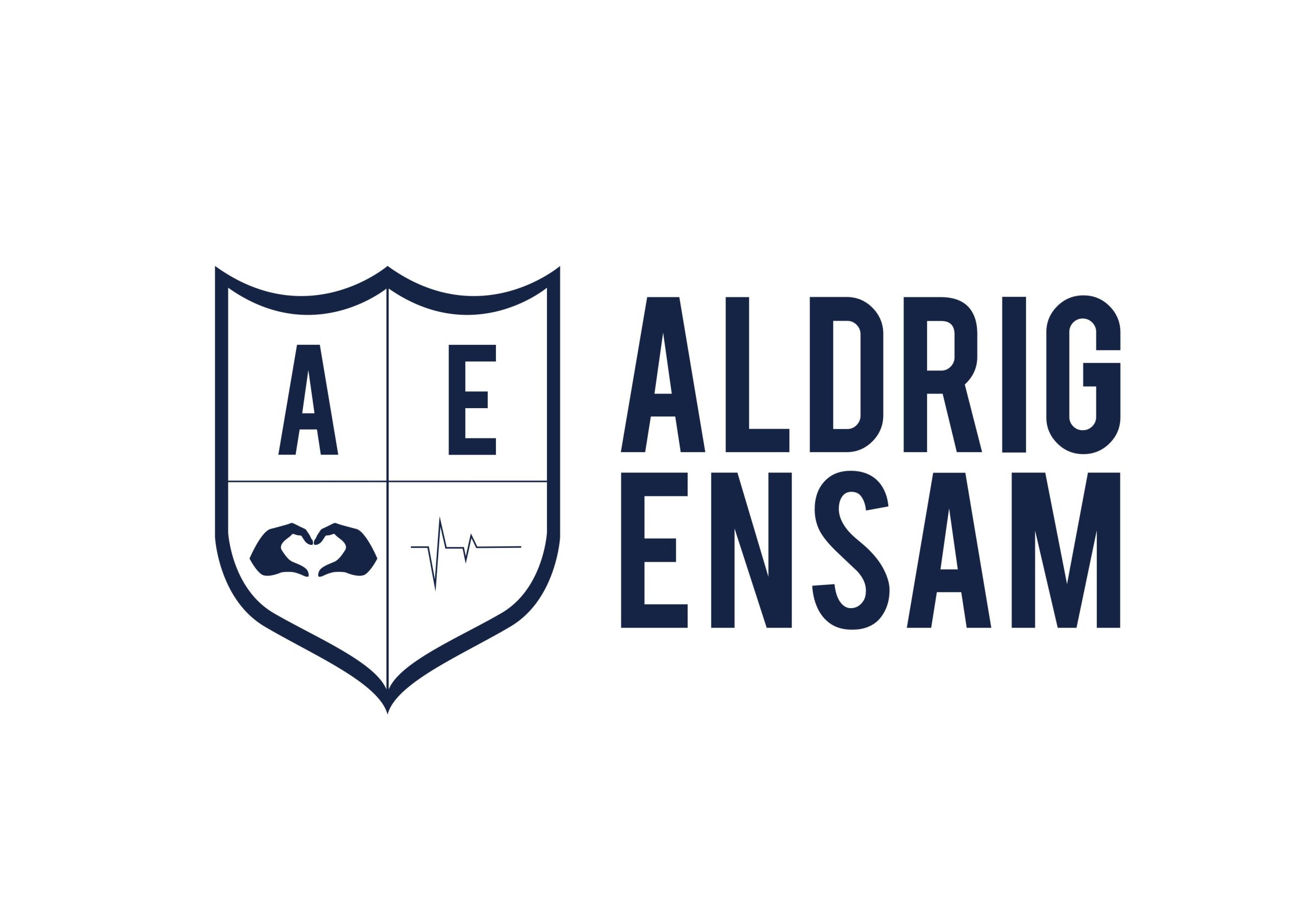
What is anxiety
Anxiety means different types of fear. It may be a strong nervousness that doesn’t pass or can’t be related to the situation you’re in or it can be intense feelings of panic. When you have anxiety, the body’s system responds just like in fear: adrenaline is released, the heart rate increases and you can get upset stomach and sweats.
In a panic attack, the body’s reactions to fear are fully turned on. It’s just as when you’re prepared to run from danger. Since you may not be able to do just that — you may be sitting on the bus or on a friend’s couch — it becomes very uncomfortable.
Other common anxiety disorders are social phobia and generalized anxiety disorder. Social phobia means that certain social situations cause anxiety, such as speaking publicly, being in meetings or eating with other people. You’re thinking about making a fool out of yourself in different ways, for example by trembling voice, blushing or losing your train of thought. Often, you have anxiety before these situations and begin to avoid them.
Generalized anxiety disorder, GAD, is when you’re very worried that catastrophic things will happen to yourself or others. For example, you may be distressed by hearing a siren in the distance, it’s difficult to let go of the thought that it may have been a serious accident and that someone you care about has been badly injured. Even if you rationally understand that the risk is very small, you can’t help but call and check, listen to the news and so on.
Why are people affected?
In panic syndrome, there’s a link between signals from the body, anxious thoughts about having a panic attack and the anxiety over certain situations that previously triggered panic attacks. In social phobia, you’ve often been in a situation where you became nervous and felt that others noticed it.
Common to the various anxiety syndromes is that you try to prevent or avoid what is anxiety-filled. For example, you might stop riding the subway or avoid an education that includes oral presentation. You may also engage in safety behaviors, that is, what you do for security. Safety behaviors may be to not go by the subway on your own, not to go to the store when there’s a lot of people outside or to take an anxiety pill before going out to dinner.
Avoidance and security behaviors are soothing in the moment but in the long term mean that you become even more scared and get even more disaster thoughts.
Symptoms
Common symptoms are disaster thoughts, sweating, palpitations, shortness of breath, maybe numbness in the fingers, lips or cheeks. If you aren’t used to panic attacks, it’s common to experience it as if something is seriously wrong. You might think you’re about to have a heart attack, faint or go crazy. Of course it doesn’t happen, but it can be difficult to keep calm when the body’s signals are so alarming. After 10-15 minutes, the symptoms decrease in strength.
when should yo seek care?
If you have anxiety disorders that prevent you from having a good everyday life, attending an education program or having hobbies, you should seek help. You can start by talking to your doctor, or go to a psychiatric clinic.
In anxiety disorders, psychotherapy is more effective than medication. There are several effective methods, the most studied one is CBT. The treatment is about getting good knowledge about anxiety disorder, setting goals for what you want to be able to do, and working away avoidance and safety behaviors.
Self-Prevention
- Read on about anxiety disorder. It may be beneficial to recognize and get explanations of what’s happening in the brain and body.
- Try to resist the urge to avoid situations. Question your disaster thoughts and challenge them by doing what feels difficult.
- You can try “applied relaxation” to have a tool to calm the body’s reactions.
